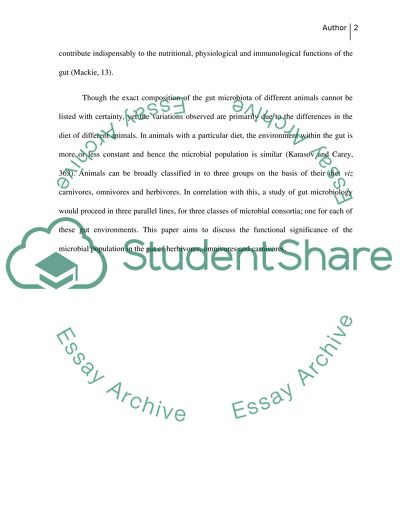Cite this document
(“Gut microbiota in mammals Term Paper Example | Topics and Well Written Essays - 2000 words”, n.d.)
Retrieved from https://studentshare.org/environmental-studies/1408923-gut-microbiota-in-mammals
Retrieved from https://studentshare.org/environmental-studies/1408923-gut-microbiota-in-mammals
(Gut Microbiota in Mammals Term Paper Example | Topics and Well Written Essays - 2000 Words)
https://studentshare.org/environmental-studies/1408923-gut-microbiota-in-mammals.
https://studentshare.org/environmental-studies/1408923-gut-microbiota-in-mammals.
“Gut Microbiota in Mammals Term Paper Example | Topics and Well Written Essays - 2000 Words”, n.d. https://studentshare.org/environmental-studies/1408923-gut-microbiota-in-mammals.


